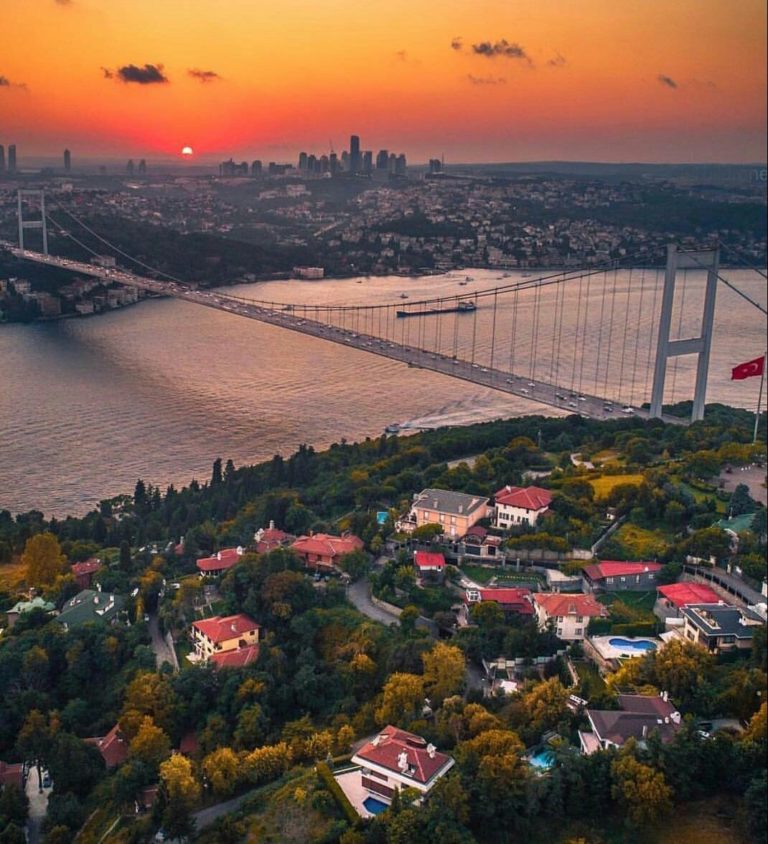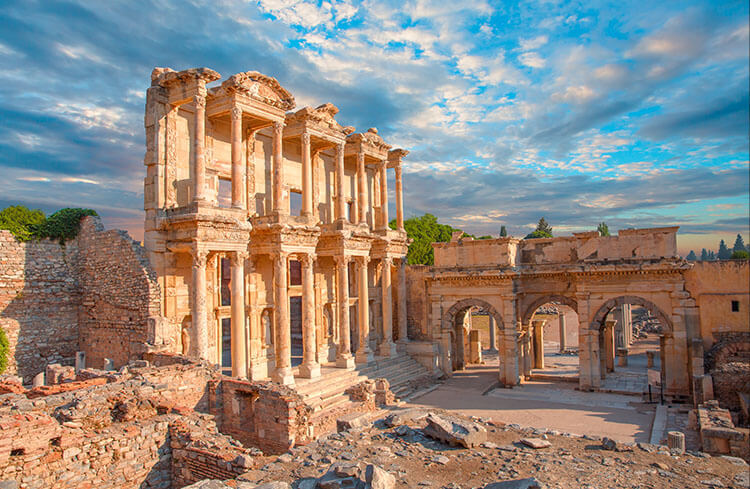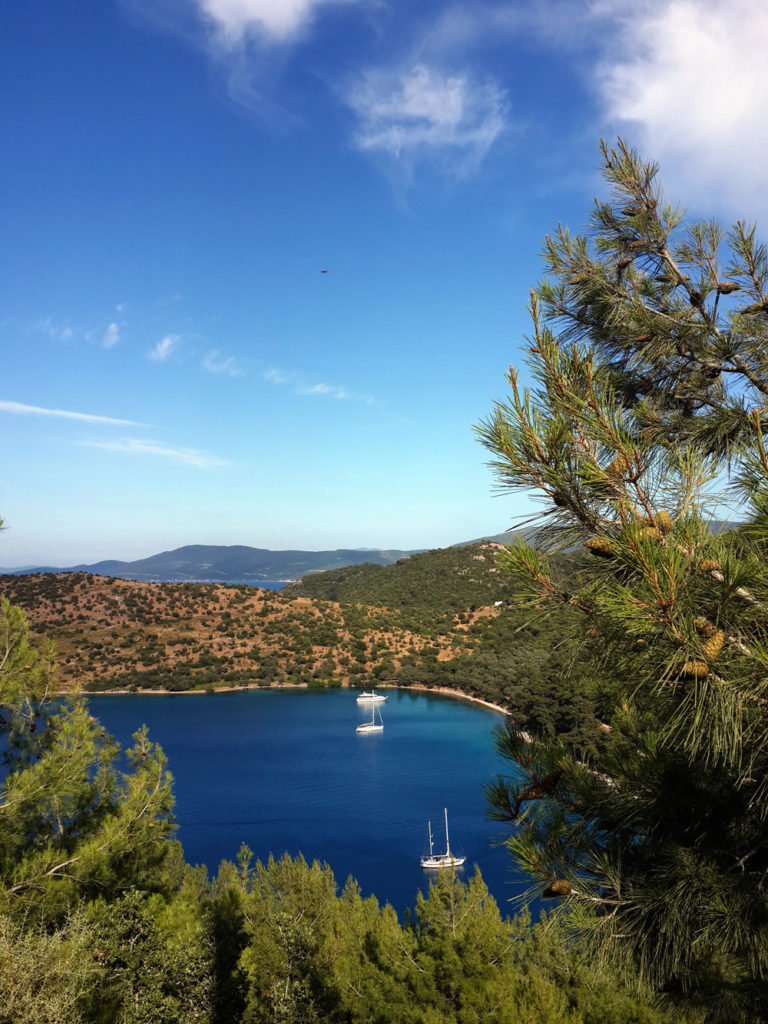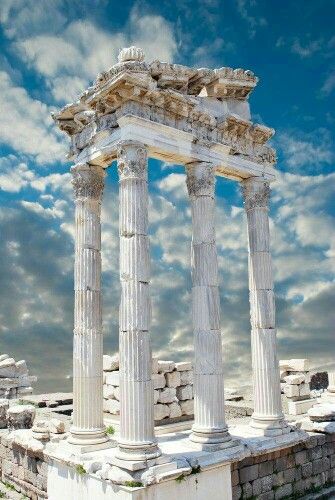Hip Travel organiza viajes hechos a medida para todos los destinos dentro de Turquía y, adicionalmente, hacia otros países del área, en cooperación con sus agencias asociadas. Nuestros itinerarios son elaborados en base a los deseos y expectativas de nuestros clientes y se ejecutan con pasión y dedicación. A continuación presentamos los destinos más visitados por nuestros clientes.

Estambul, La ciudad de los imperios
Probablemente no haya otra ciudad en el mundo donde el Oriente y el Occidente se mezcle y se funda en un gigantesco centro de diversas tradiciones de culturas, estilos de vida, arquitectura y cocinas. Esta ciudad dinámica y sorprendente está decorada con enormes tesoros históricos, ya que ha sido la capital de los imperios romano, bizantino y otomano durante más de 1500 años. Su belleza natural es impresionante, ya que es la única ciudad del mundo ubicada en dos continentes donde Asia y Europa están separadas por el estrecho del Bósforo. Estambul es un lugar de visita obligada para todos y siempre está listo para sorprender a sus visitantes con su rica cultura y su gran dinamismo. La ciudad tiene tanto que ofrecer, que recomendamos planificar la visita de acuerdo al tiempo asignado para viajar y a los intereses de los visitantes. Hip Travel recomienda una estadía mínima de 4 días y 3 noches en Estambul, con 2 días para visitar la ciudad. Esta es usualmente la preferencia general de nuestros clientes, la cual ofrece una cobertura breve y satisfactoria de Estambul para fines turísticos. Nuestros programas turísticos de dos días se personalizan de acuerdo con las preferencias e intereses de nuestros clientes (historia, religión, compras, naturaleza, etc.). Por supuesto, si nuestros clientes solo tienen un día disponible en su itinerario, también tenemos un programa diario compacto y exclusivo para Estambul. Nuestros guías poseen un dominio completo de su idioma de servicio, un conocimiento profundo de la historia de la ciudad y también estándares de hospitalidad de primer nivel.

Cappadocia, Una maravilla natural única y un importante centro cultural.
A unique natural wonder and an important cultural center Located in heart of Anatolian peninsula, Cappadocia is an otherworldly miracle of both nature and men. The unique landscape of Cappadocia region was formed about 60 million years ago. Soft volcanic rock shaped by erosion into towers, cones, valleys and carved for making caves, tunnels, underground cities decorated with outstanding examples of different civilizations. The spectacular landscape, entirely sculpted by erosion contain rock-hewn sanctuaries that provide uniqe evidence of Byzantine art. As if plucked from a whimsical fairytale and set down upon the stark Anatolian plains, Cappadocia is a geological oddity of honeycombed hills and towering boulders of otherworldly beauty. The fantastical topography is matched by the human history here. People have long utilized the region's soft stone, seeking shelter underground and leaving the countryside scattered with fascinating cavern architecture.

Ephesus
Trading center of ancient world Once an ancient Roman city of Ephesus, comprises successive Hellenistic and Roman settlements founded on new locations. Those serial sites show the long settlement history of the place, each of them making an important contribution to overall value of Ephesus. It is the home of grand monuments of Library of Celsus and Great Theatre from Roman period, remains of Temple of Artemis, one of the seven wonders of the world and also the House of the Virgin Mary. Ephesus is an exceptional testimony to the cultural traditions of Hellenistic, Roman Imperial and early Christian periods

Bodrum
Vivid night life, blue flag beaches and historical landscape… Homeros, writer of Odysseia, describes Halicarnassus (ancient name of Bodrum) as “the land of the eternal blue”. Bodrum is a spectacular coastal town where beauty of Aegean Sea is combined with vivid night life and set in a historical, glorious landscape. It is located on a peninsula at the south-west corner of the Türkiye where Aegean and Mediterranean seas meet. On Bodrum peninsula, there are plenty of nice, little towns and resorts scattered through its hinterland. It has variety of high quality hotels and holiday villages including some of the chicest in Europe. At the center of Bodrum Bay, there is a spectacular medieval castle built by the Knights of the Rhodes, which today hosts one of the world’s most important underwater archeology museums. Bodrum is the place where once held the Mausoleum of Halicarnassus, one of the seven wonders of the world. Mausoleum was destroyed by earthquakes during middle ages but now there is the vibrant and charming town of Bodrum in its place which hosts millions of visitors all over the world, including some celebrities and high net worth individuals. With its intense nightlife, beautiful beaches, historical sites, quality hotels and holiday villages, Bodrum is one of the most popular coastal towns not only in Türkiye but throughout the Mediterranean Region.

Pamukkale-Hierapolis
Spectacular white travertines and well-preserved ancient city Pamukkale, as its name implies (Cotton Castle), is an unreal landscape made up of mineral forests, petrified waterfalls and series of terraced basins. At the end of 2nd century BC, the dynasty of Attalids, the kings of Pergamon, established the thermal spa of Hierapolis. The ruins of baths, temples and other monuments can be seen at Pamukkale. Hierapolis is in exceptional example of Greco-Roman thermal installation established on an extraordinary natural site. The therapeutic virtues of waters were exploited at the various thermal installations. Pamukkale- Hierapolis site is largely intact and includes all attributes to express its universal value. (UNESCO World Heritage Site, 1988)

Pergamon
Once the most famous and the most magnificent city of Asia Minor Located in the Aegean Region, the heart of the Antique World and at the crossroads between Europe and the Middle East, city of Pergamon once was an important cultural, scientific and political centre. Pergamon was founded in the 3rd century BC as the capital of the Attalid dynasty. Monumental temples, theaters, stoa or porticoes, gymnasium, altar and library were set into the sloping terrain surrounded by an extensive city wall. The rock-cut Cybele Sanctuary lies to the north-west on another hill visually linked to the acropolis. During the Roman period, Pergamon maintained its significance and developed further becoming "the most famous and magnificent cit of the Asia Minor", as described by the 1st century AD philosopher and author Pliny the Elder. City was the capital of the Roman province of Asia known for its Asclepieion healing centre. The acropolis crowns a landscape containing burial mounds and remains of the Roman, Byzantine and Ottoman empires in and around the modern town of Bergama on the lower slopes.

Göbekli Tepe
A groundbreaking archeological finding. Once upon a time 11,500 years ago… History of mankind is being rewritten. One single archeological site recently found in south-east Türkiye has been shaking the scientific community and forcing the history is to be written. Following 25 years of excavations, 11,600 years old Göbekli Tepe (Hill with Belly) has been opened for visitors in 2019. Apart from being a well preserved and very old site (7,000 years older than England’s Stonehenge and 7,500 years older than the Egyptian pyramids), Göbekli Tepe has been changing a fundamental presumption about human history. Before Göbekli Tepe, archeologists only had evidence of farming and settlement communities being able to construct temples and social structures. Göbekli Tepe however, was built by hunter- gatherers. The sculptures and megalithic architecture which make up what is perhaps the world’s earliest temple at Göbekli Tepe, predate the invention pottery, metallurgy, writing, the wheel and also most stunningly the beginning of agriculture. The construction of a large complex social site such as this one took a large amount of organization and resources that archeologists did not know was possible by hunter-gatherers. It was believed that hunter-gatherers needed too much free-time and land to gather food to collect in large enough communities to build such monuments.
